School of 3D solutions for students: what's inside and how to get to study for free
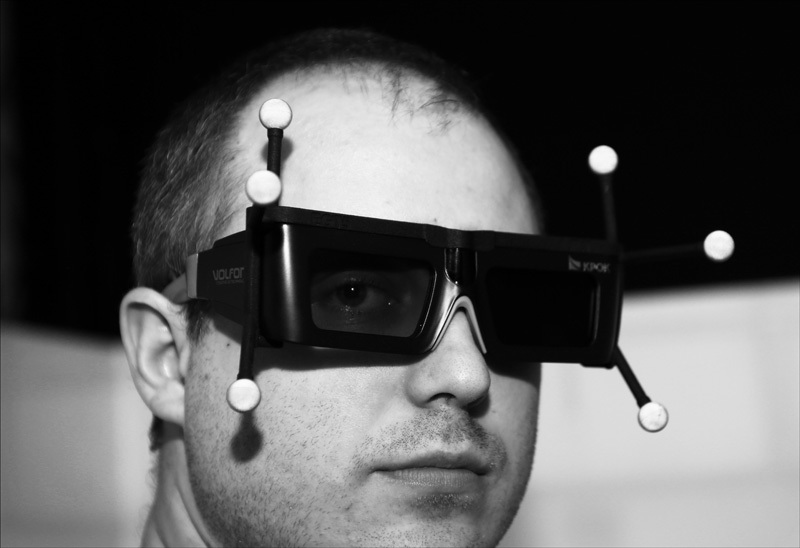
On the head of my colleague Vlad are active 3D glasses (with active shutter) marks to track the rotation of the head inside the virtual reality of the 3D cube - the Boeing turbine.

Another colleague of mine is sorting out a neuron 3D manipulator.
Last year we announced the first set, knowing that in Russia there was no such experience. Today, each of our graduates have a clear application of their knowledge: someone will create 3D models for architecture, construction, medicine and engineering, while others will already create interactive applications for training, presentations and entertainment.
')
Below, I will tell you what we have in the center of 3D solutions, show you the equipment you can work with, tell you about the training and how to get into the free group of our school if you are a student.
The first hall. There are three 3D objects at once: a projection 3D system, a 3D video wall and a projection 3D cube.
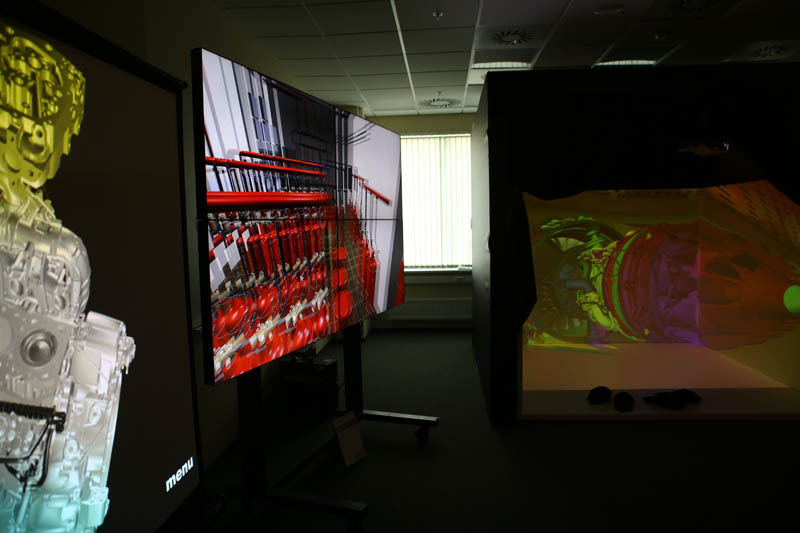
First let's go to the cube. This mobile version consists of four projection systems with 3D projectors and a computing cluster with powerful graphics cards on board (standing behind a cube).
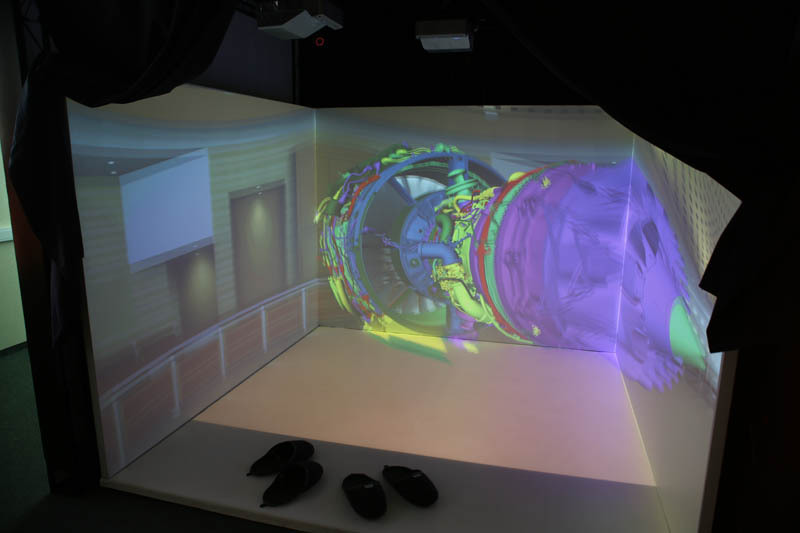
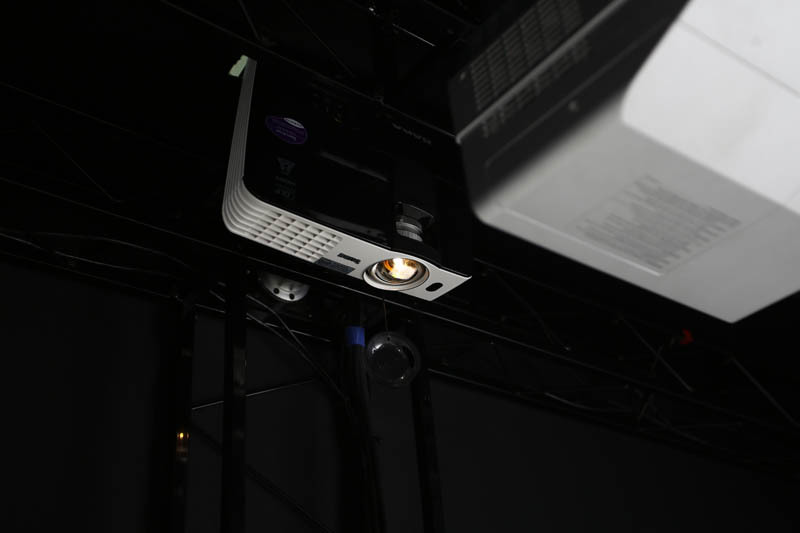
The 3D cube works in three modes.
In the first mode, with tracking, it makes sense to enter the cube only one by one. It determines the position of the markers on the glasses and changes the image so that the most realistic image is around you. When you enter the cube, it creates the feeling that you are inside the object, as if hanging in the center of the cube. For example, turbines. By turning your head, you can look at its various components without losing the feeling that you are inside.
In the second mode, without tracking, allows several people to enter the cube at once. But the 3D picture (still looking through glasses) in this case does not soar around you, but is simply displayed on the screen.
And in the third mode, glasses are not needed - here we turn off 3D and see just a 2D image on all screens around us.
But the more common, of course, is the first mode. In my hands - a joystick with the same markers as on the glasses:

Here it is closer:

The current software projects in the virtual space directly from the joystick a green ray, which can capture objects. When we point a beam at an object, it is either highlighted, or a pointer appears that you can interact with this object interactively. In our simulator, the virtual turbine is being disassembled into parts, if necessary it can even be turned on, and it will start. Here is a rough 2D similarity:
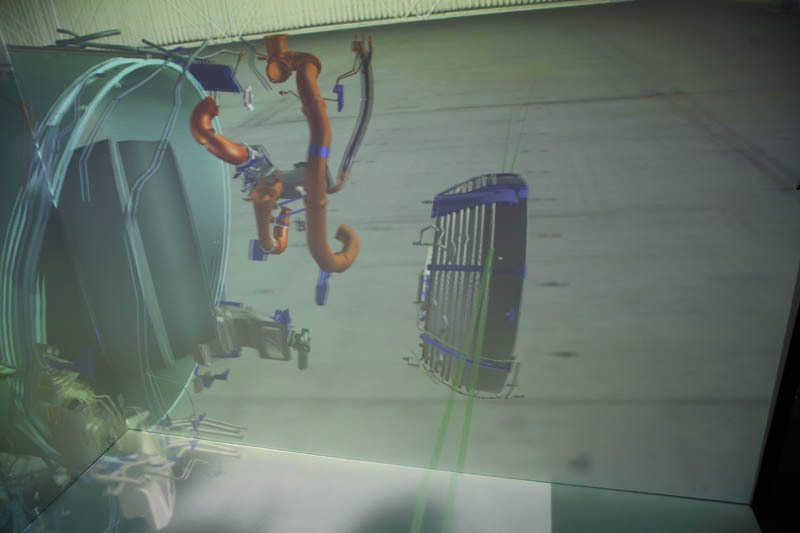
Next to a 3D video wall. Here you can already take a lot of passive glasses (no flicker) and stand to watch the crowd. It is now running the simulator of our data center Compressor, with it you can study the interior and exterior of the object, as well as conduct trainings for service personnel and work out actions in case of an emergency.
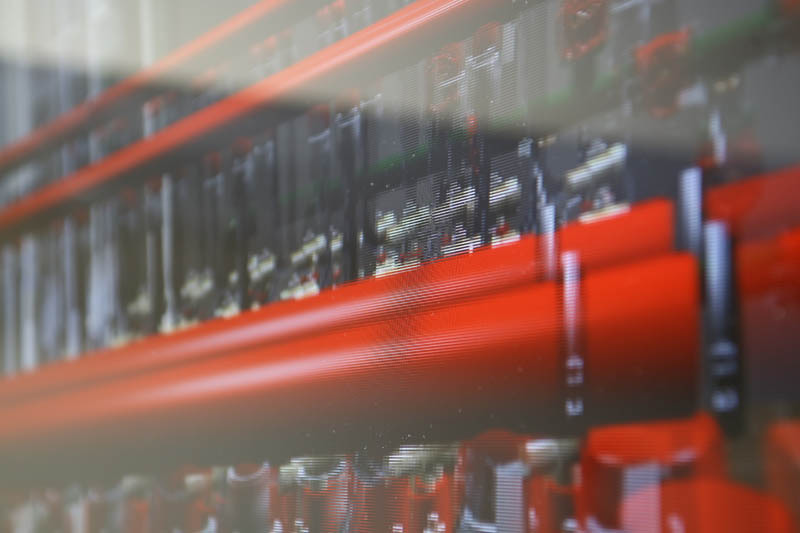
This simulator is a great example of how support is done in emergency situations. We have a full 3D copy of the data center (it can also be a copy of an oil platform, military base or any other object).
Suppose a secretary, a courier, or even a janitor survived after the accident at the facility. A specialist in the headquarters works in a virtual model of a real object and can talk on the radio to a person in the data center, what to do: “Come to the wall to the left. See the green light bulb? Next switch with a red handle. Pull! "
Control - a gyroscopic mouse. This is actually an ordinary mouse without being tied to a table. It can be used at home, especially if you have a big screen. Recommend:
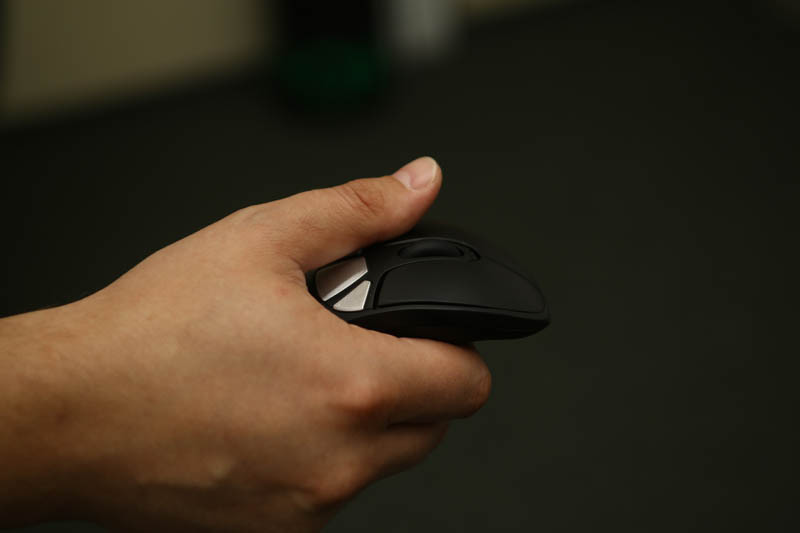
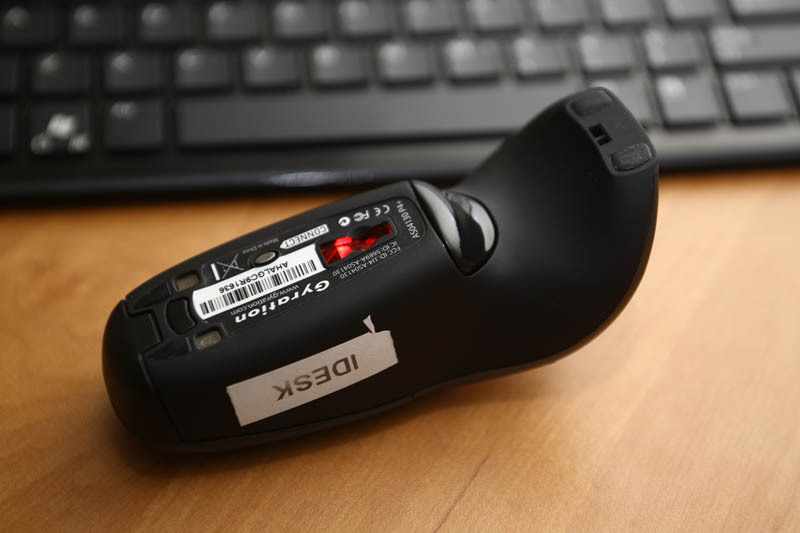
The reciprocal of this mouse is a regular dongle the size of a USB flash drive inserted into a USB connector.
And the third 3D system is projection, it is already active. We need flickering glasses with curtains.
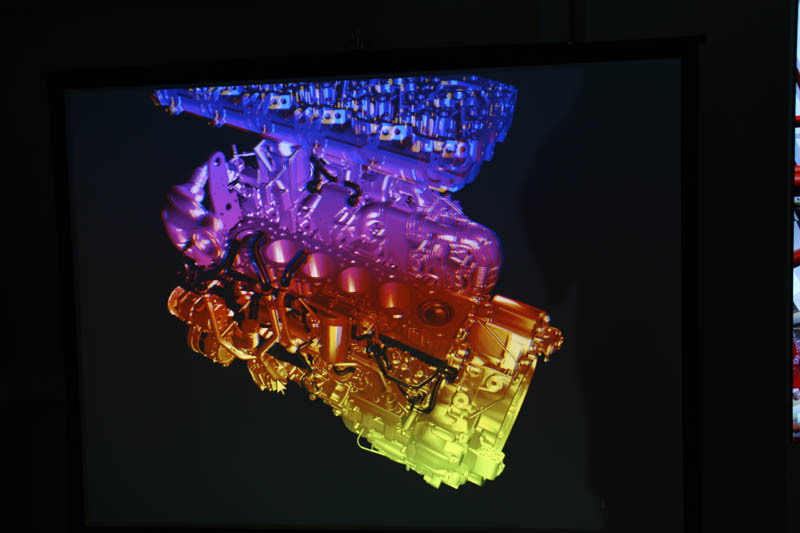
There is an internal combustion engine assembly instructor on it. And also American truck manufacturers bring such a stand to the customer and show 20–30 models options. In order not to drive 20-30 cars across the country. As a result, only selected ones are driven, which allows for a good saving.
Here are the accessories:
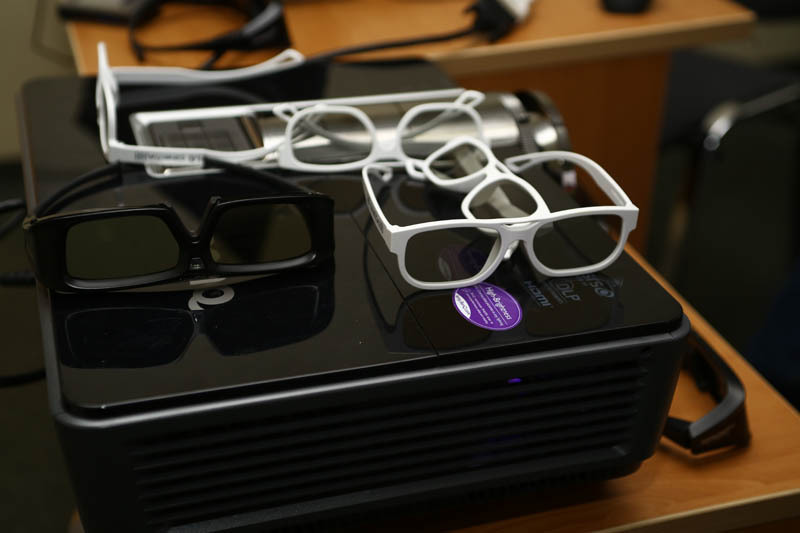
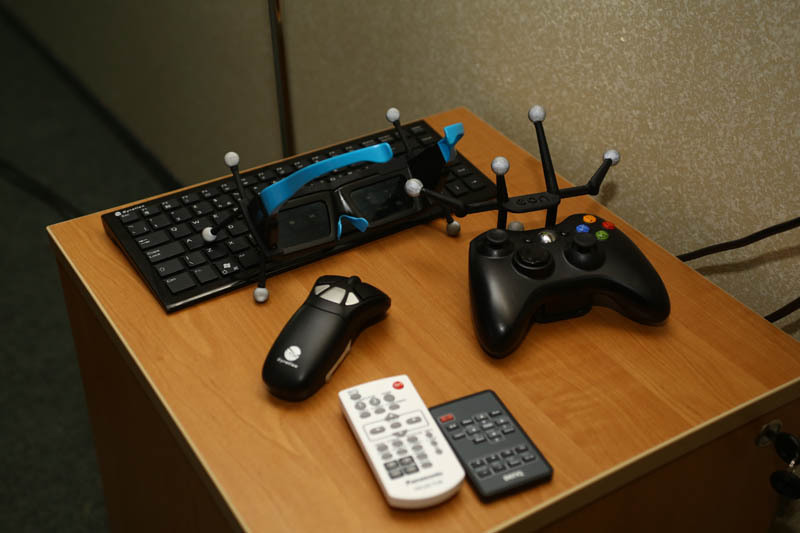
Speakers:
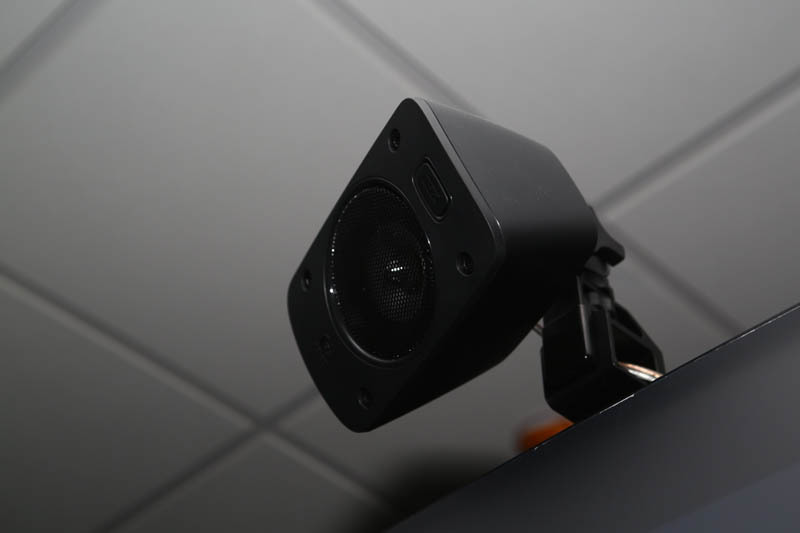
And cluster:

By the way, do not worry, it warms almost like a battery, and therefore in winter we turn it off.
All equipment in the hall is mobile and, if necessary, is deployed at any site. We often rent these things for specialized exhibitions - architectural, engineering, medical, industrial, oil and gas, and so on - very impressive.
Now the next art object.
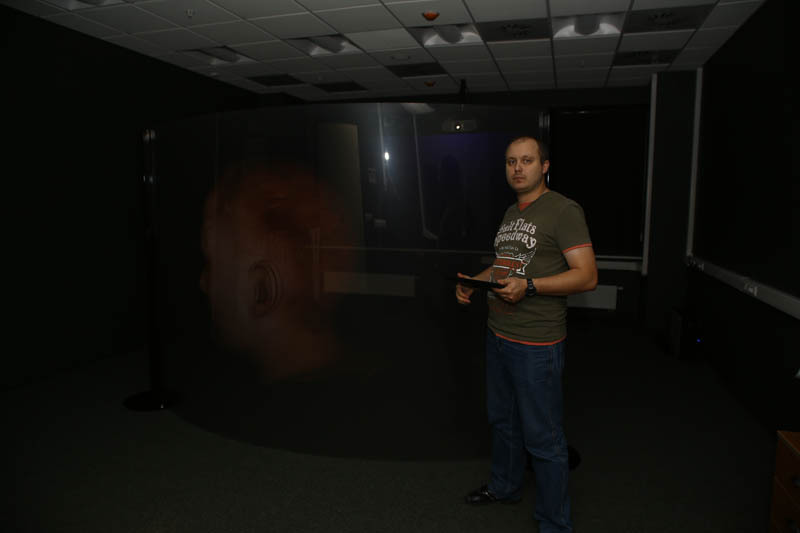
This is a projector that shines in transparent acrylic concave glass with a polymer film. If you turn off the light - you will have the impression that in front of you is a three-dimensional image hanging in the air to a human height. Much cheaper than a 3D cube, it allows you to watch the crowd and is almost as impressive in presentations. That is why this technique is especially loved in museums, presentation centers, car dealerships and other places where you need to produce a wow effect on viewers or customers.

Here is another screen, this time without glasses. Immediately show big:
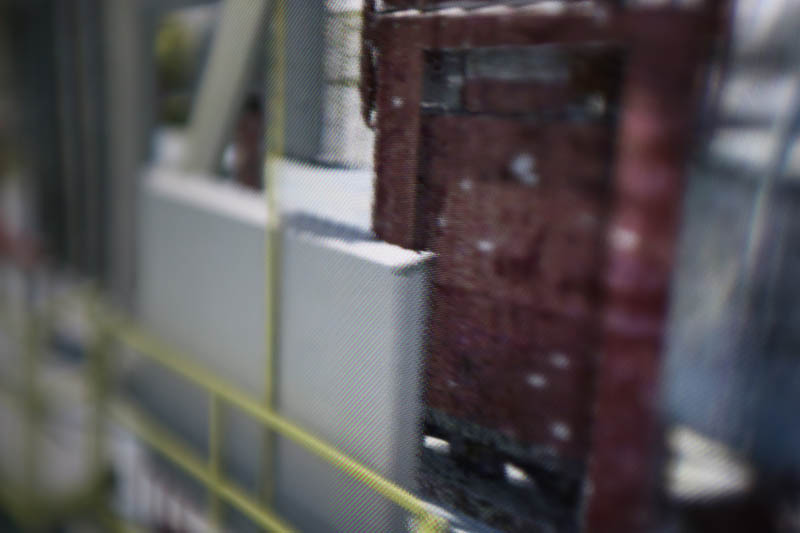
If you take a closer look, you can see that the principle of polarized elements is used, as in a children's toy-card, which has to be twisted for a three-dimensional image to appear. Only the surface of the panel is made so that one eye sees one picture, the second - the other. In the arc where the spectators are standing, the 3D effect without glasses is excellent. It is necessary to leave these calculated positions and distortions will begin. Such is the price for the lack of points. This screen is very much loved to use in places where it is inconvenient to wear glasses, for example, museums (we are already somewhat interested), shopping centers, etc.
Here is a 3D panel with the ability to manage content through movements based on the well-known Kinekt:
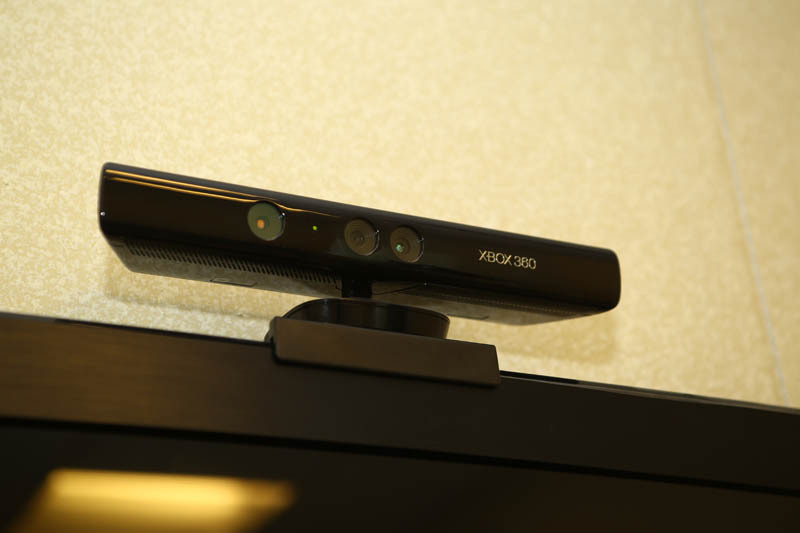
It develops educational and entertainment software. Now we are teaching children to cross the road. Extreme students are in the role of children:

No one had time to cross. The simulation is made in such a way that if you run to red, you will only be shot down.
Psychological injuries are treated in football. Such screens are put on stadiums in the zones of fans, so that they can forget another team until they get bored.
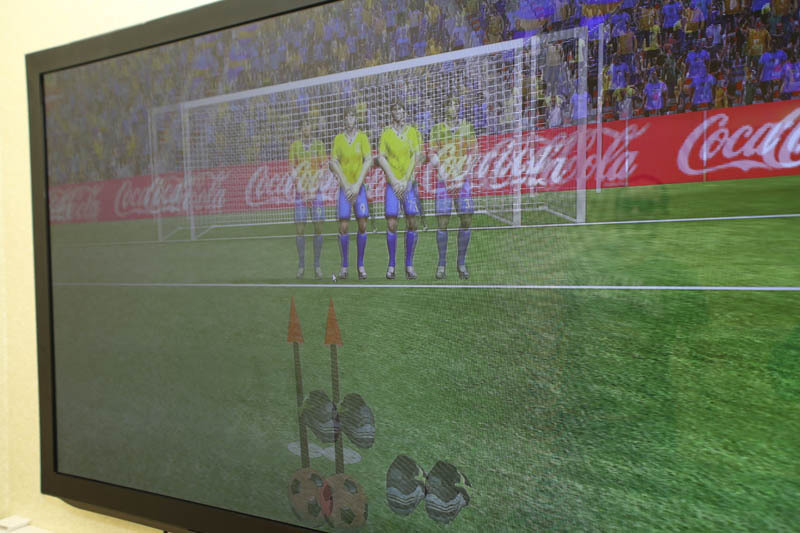
Go to the main demo room:
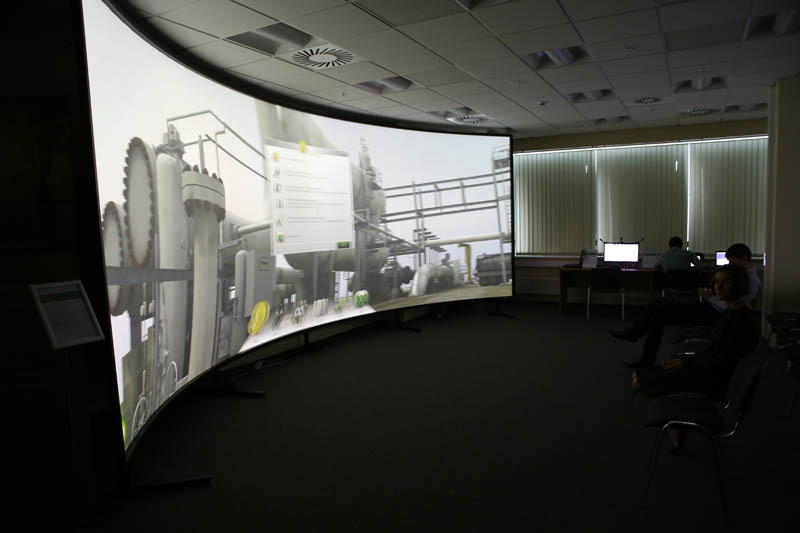
Here is a 3D wall, the image of which is obtained by joining two projections, so there is no seam between them. Such a wall is used in large audiences, the size specifically is 9x3 meters, but this is not the limit. Now it is running a simulator working out actions for servicing the equipment of the refinery.
Already familiar to you 3D-manipulator:

By the way, see how the position of the manipulator is monitored in reality by such systems. Our manipulator requires several sensors at once above the screen:
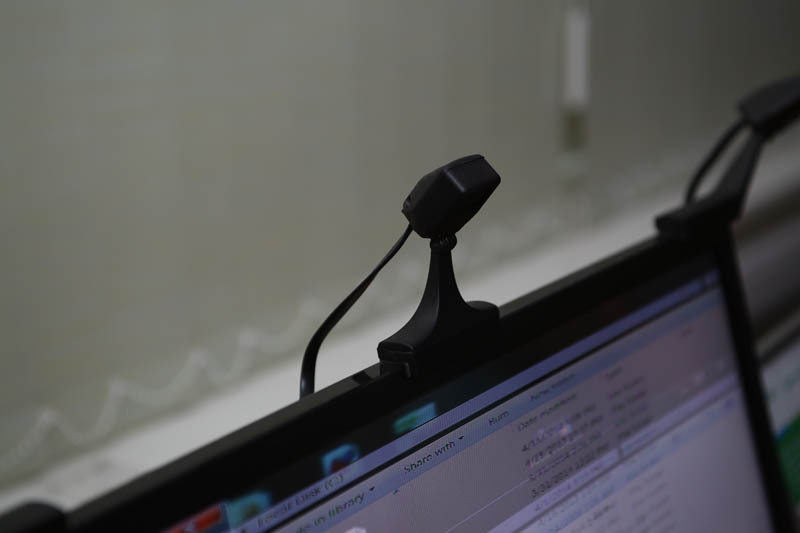
While we are in their range, they catch any movement of the manipulator:
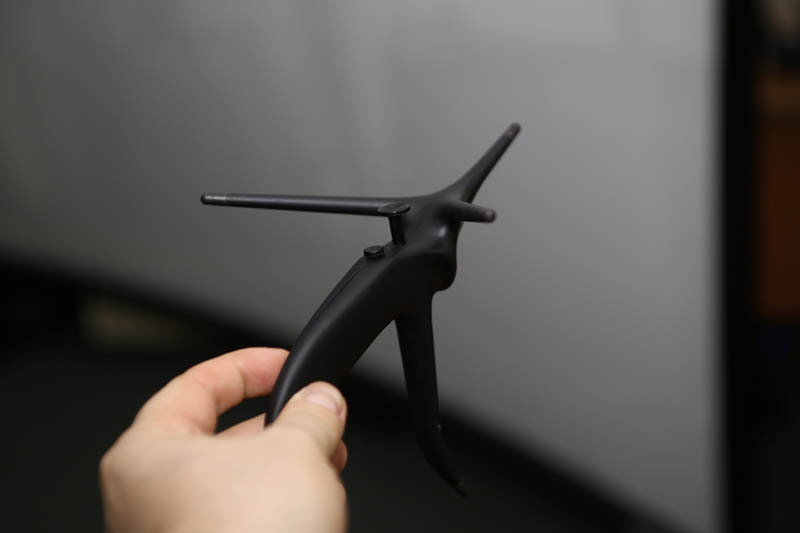
The glasses usually have an infrared emitter, it is barely visible from the edge:
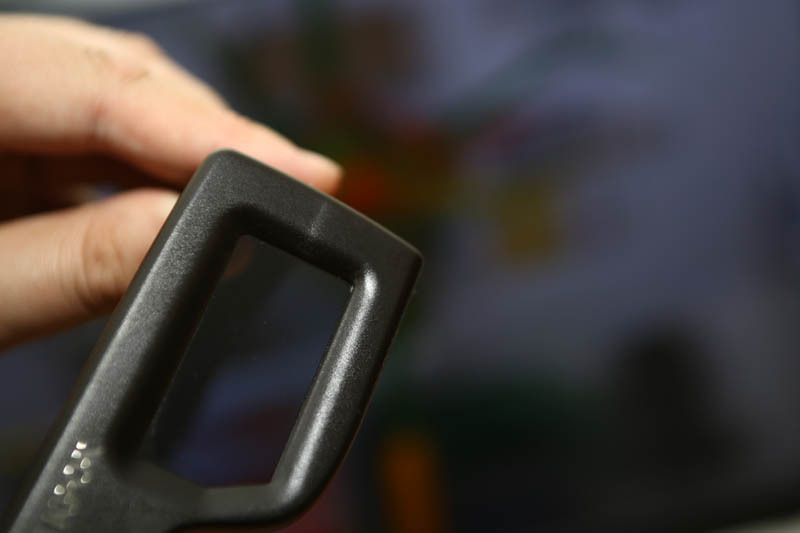
Other objects are tracked by such infrared cameras by marker location:
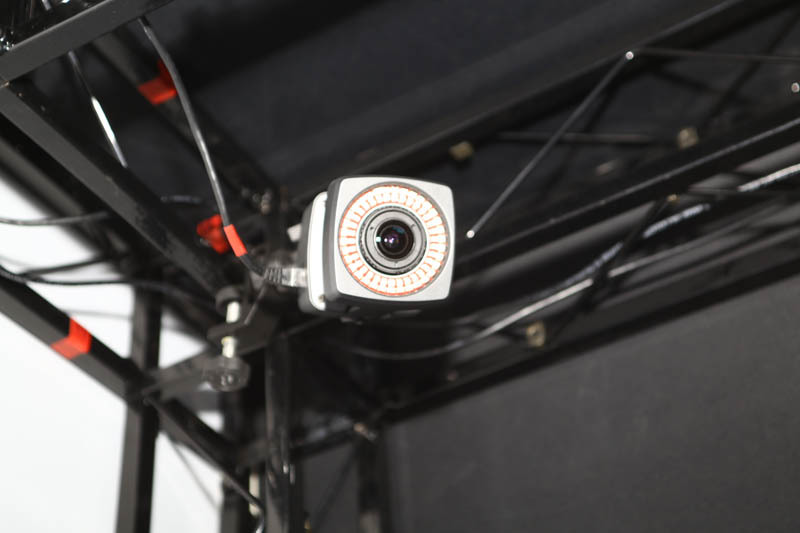
Next is a regular laptop and a 3D screen (it has a visual image hanging in the air right in front of you). Now it has launched content for learning how to disassemble the Kalashnikov assault rifle, with the names of the components, etc .:
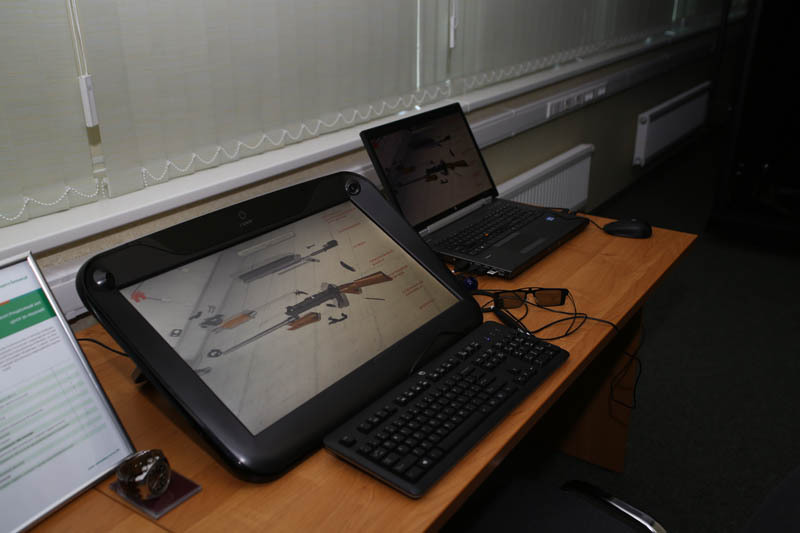
Just now, students were driven away from here, possibly confirming rule 34:
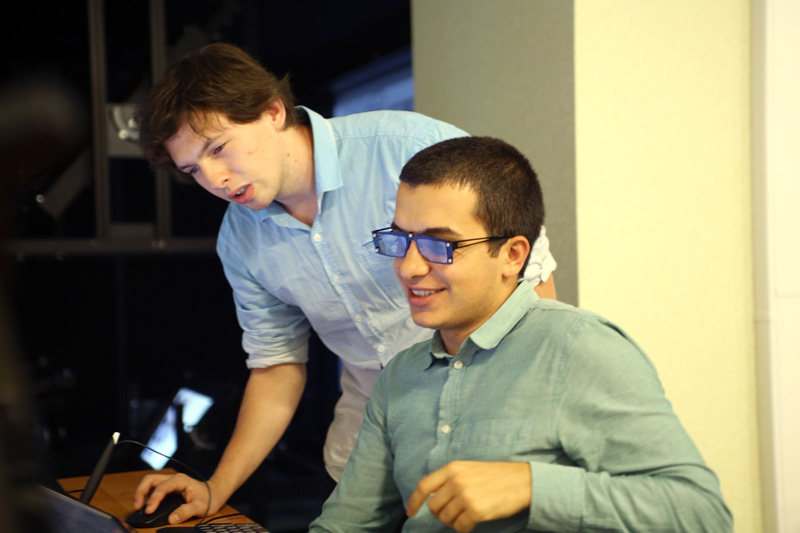
Although, of course, no. These are developers, now they are discussing scenarios of interaction of previously modeled objects. Programming is conducted in the JavaScript language, it is necessary to create consistent interaction scenarios (think about plot nodes and determine which object and how it can act as a result of triggering the triggers). Practically designing games, only the sphere is different.
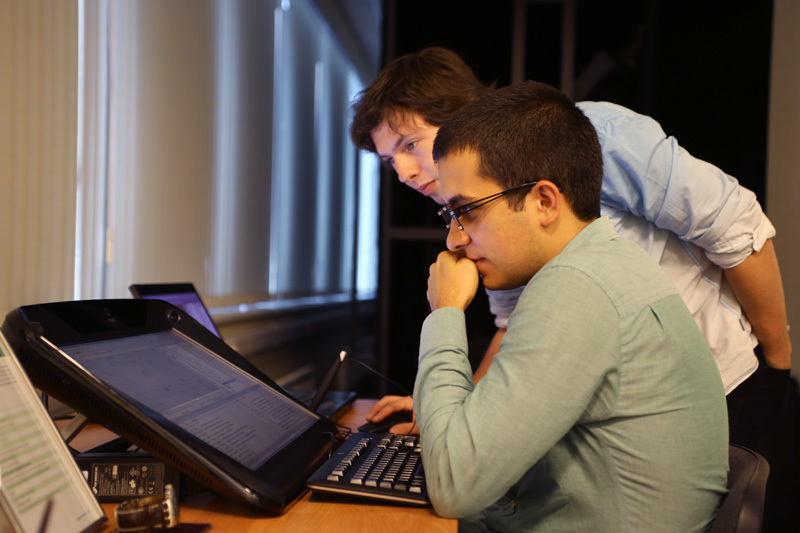
Sometimes their screen is covered with JavaScript code, but now everything is simpler in the visual interface. Like that:

There are many types of work. We teach in a complex way, and after a while it becomes clear that the student is more interesting and closer: the designer and modeler creates objects in 3D; while the programmer works with an interactive environment, “animating” it with JavaScript. As a rule, the minimum command for any more or less serious project is one modeler and one script writer.
Why do you need such a developer? Here is an example. Table:
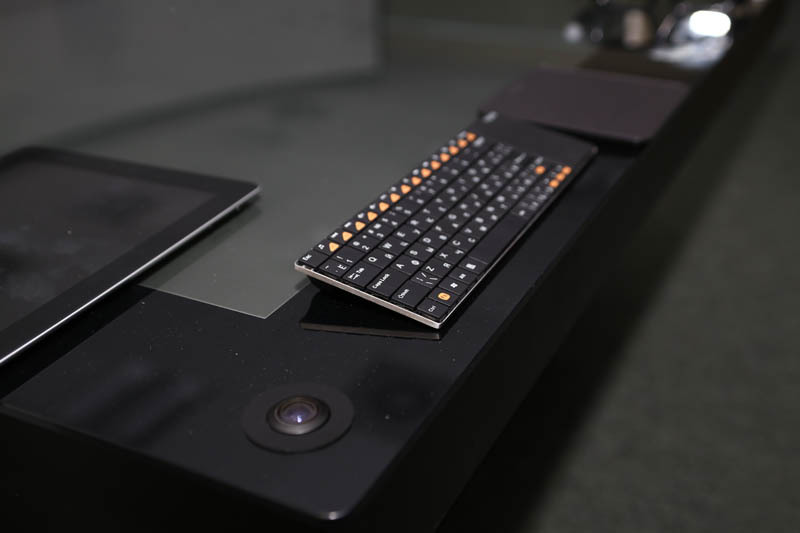
On it is a residential block model:

Management from a mobile application - to enlarge the object, show its scheme, simulate an evacuation situation there or something else, and so on. Everything changes as it should, and everything needs development and file sharpening.
Soft again, standard, low-level work is not needed:
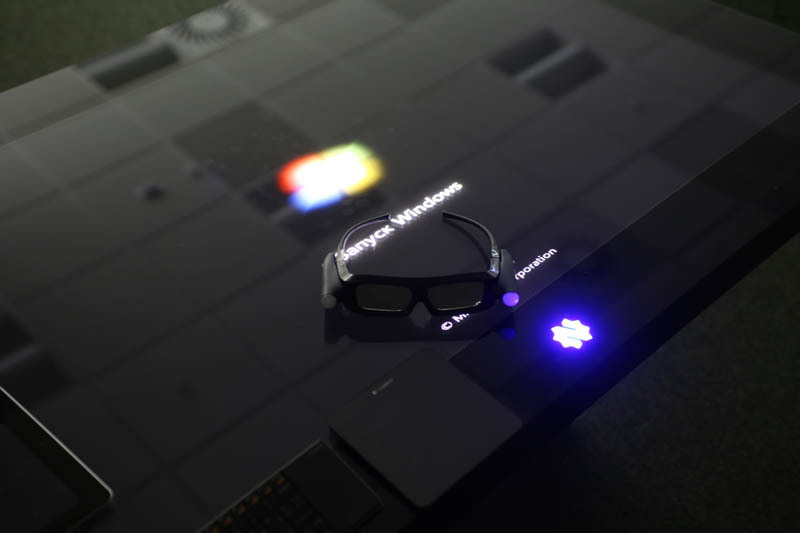
And compatibility with anything. Here is another manipulator:
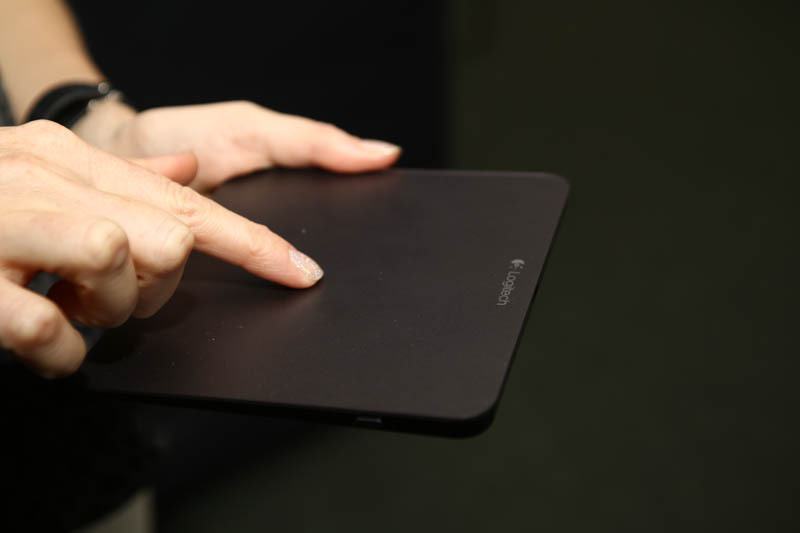
Also handy thing - and also can be used without 3D.
Another example of software. Here, the principle is that the camera of a smartphone or tablet was aimed at a simulator, I got a tutorial on how to do it correctly. With the display of typical errors and the designation of the work of muscle groups:
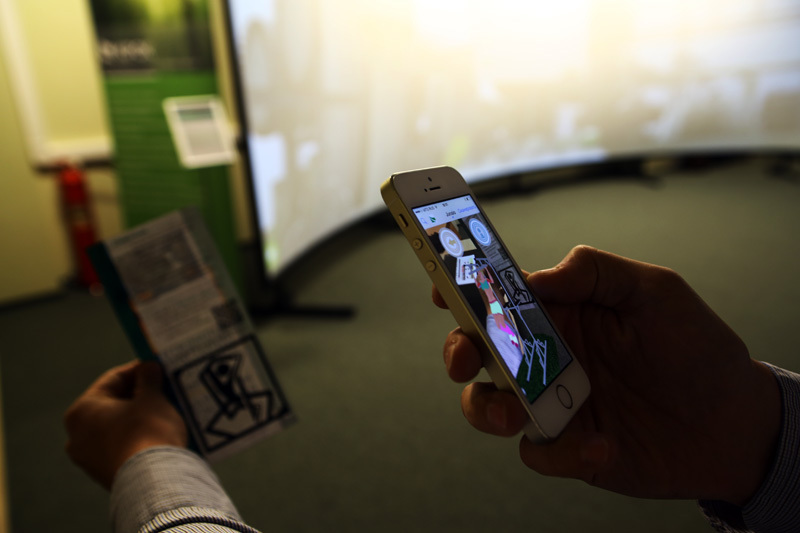
And this is how it will look like in the gym:
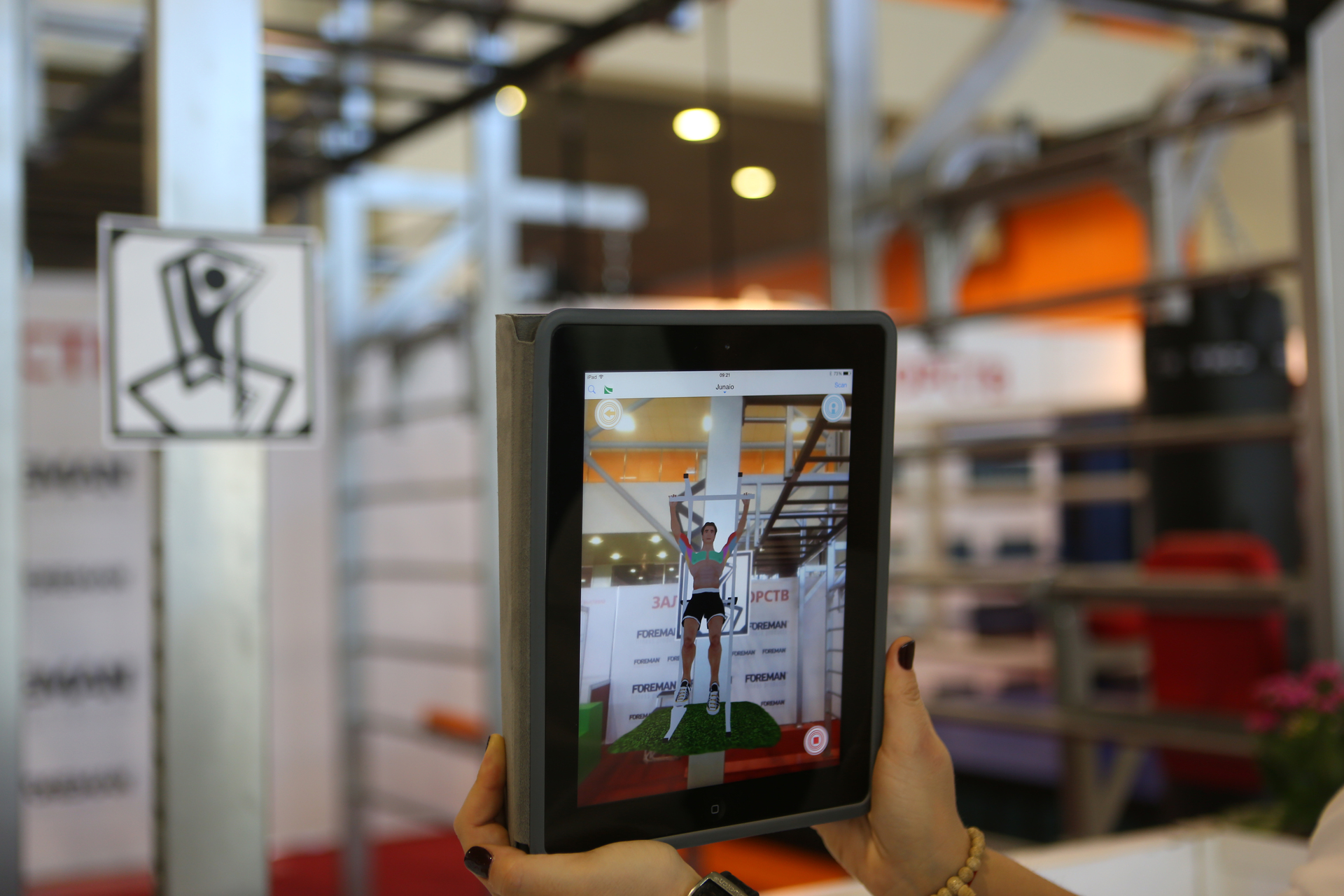
But this cute girl is now doing tutorials on assembling and disassembling system units. As a person who saw stuck PCI-E in AGP, I can assure you that the product is in demand.
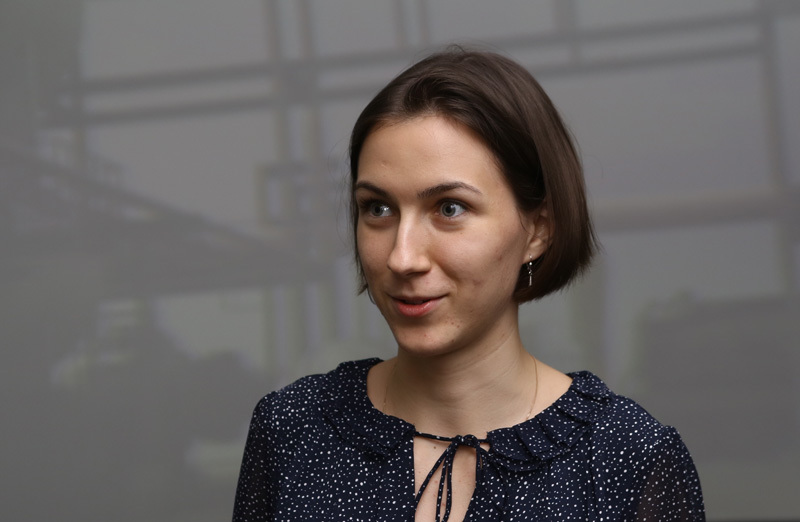
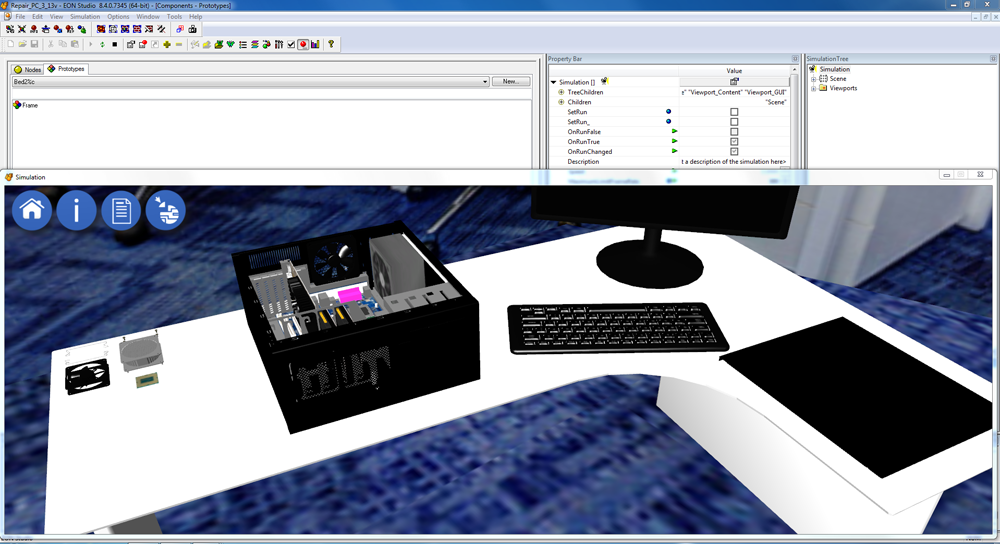
If you need a 3D model of the object, we use not only modeling skills, but also a 3D scanner. Here are the trees from our quarter:

CROC has a bigger scanner, but it is not for training, industrial tasks are being pursued on it. However, sometimes we take time on it to scan something big.
In our center we are constantly testing and learning new technologies. Here, for example, we brought a new super-power projector, we will soon be testing. It is such that you can not turn off the light:
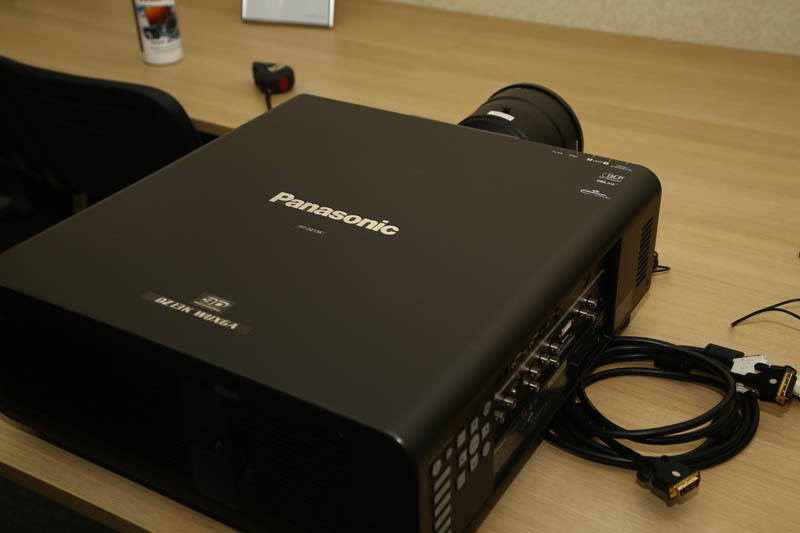
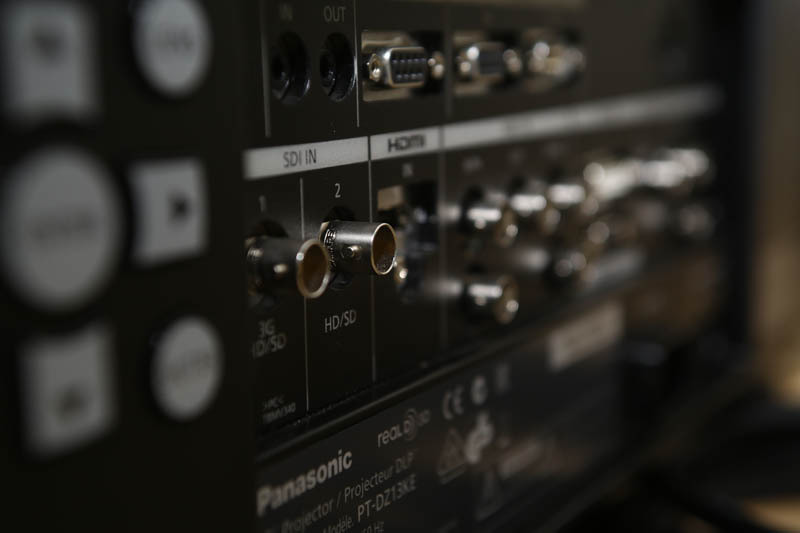
About study
This year we have not 15, but as many as 25 budget places, but only senior university students can take part in the competition. The principle of selection will be the same as last year: two rounds - remote and full-time. To pass the first round you need to fill out a form. Those who pass to the second round will be interviewed, tested in English (because some of the foreign experts at EON are giving lectures and lessons), and there will also be a practical task on modeling and programming.
The course is the following: the first four months are theory, it is common: programmers suffer from the design part, designers from scripts. But both parties must understand each other. Then 6 months is practice. At the exit - the final project, which makes teams of students.
At the end of the training, a national certificate of the CROC OK Learning Center and an international certificate of EON, which is listed worldwide, is issued.
As practice has shown, graduates of these courses in the market snapped up. Plus, the best students have the opportunity to stay working at the center of 3D solutions by CROC.
What can be done after release?
As usual, a typical task class is:
- Creation of 3D-models of construction objects (for example, nuclear power plants - for a virtual survey).
- Creation of various configurations of sales objects (for example, for the demonstration of a complete set of a passenger compartment with the possibility of changing components).
- Content development for training simulators (this is necessary for training personnel in complex production processes, getting out of emergency situations without the risk of actually existing production).
- Development of 3D-content educational programs for educational institutions (3D-models for creating educational programs and trainings for universities and schools)
Links
- Details of the first set.
- Here is more about school .
- Register for the entrance exam for a free group .
- Mail for questions: info@crocok.ru
Source: https://habr.com/ru/post/235907/
All Articles